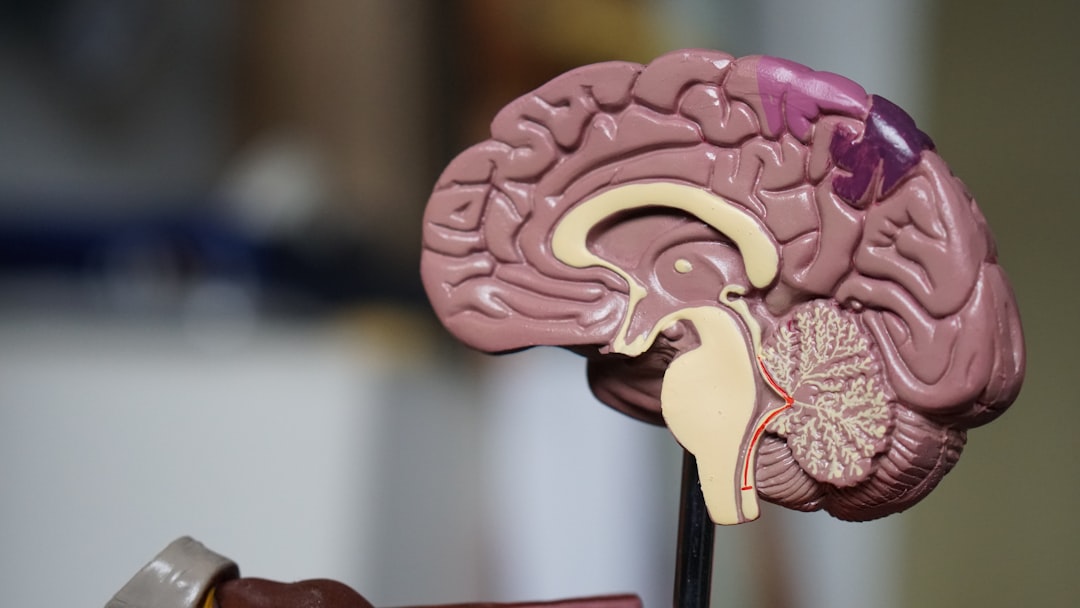What is it about?
It is using mixed methods, first a 92 item survey and then using focus groups to find out why there was not a statistically significant relationship between a higher rate of perceived discrimination on the community college campus and the percentage of having campus friends who were either of the same ethnicity and/or same religion over five on campus activities. The perceived discrimination scores were significantly higher for Arab Americans (Christian and Muslim) and non-Arab Muslims (including converts) than a comparison group of non-Arab and non-Muslim students (African Americans, Latinos, Asians, and Whites) but there was not enough variation in the perceived discrimination scores to effect a significant change in the relationship with the high rate of same ethnic and/or same faith campus friends. There is a lot of research that deals with minority groups and why they tend to underreport discrimination.
Featured Image
Why is it important?
To my knowledge through an intensive search one of the only scholars that in 2006 when I conceived of my dissertation that conducted any research on Arab and Muslim college students after 9/11. There was Cole and Ahmadi's qualitative study of 7 veiled woman on campus, but even though the article was dated in 2003, the data was collected before 9/11. My first work published on the topic was in 2009 on Perceived Discrimination and Ethno-Religious enclaves among Arab and Muslim community college students it has been cited quite a lot by diversity educators which then a few began their own investigation on these two populations on campuses. Even before 9/11 there was very few studies of Arab Americans and Muslim Americans in the educational setting. Why it is unique is I was expecting to see much higher scores in perceived discrimination amongst the students to effect stronger correlations with other integration variables. Campus friendships, which were predominantly same ethnic and same religion, increased sense of belonging but the relationship with percentage of campus friendships and perceived discrimination on campus was trivial. Through intensive focus group sessions of 16 student participants, most of whom took my survey. The survey was administered to 753 Arab American and Muslim Americans from 21 community colleges, 15 from Southern California and 6 colleges from Southeastern Michigan. This study shows that for fear of making a big deal out of things, the uncertainty if someone is white or not or maybe "not quite right" meaning that civil liberties have been taken away from Arabs and Muslims in the US. and Europe, that maybe more subtle measures of covert discrimination (micro-aggressions) need to be added into the discrimination scale. The paper suggests perhaps the dust had settled by 2007 I collected the survey data and now if the study would be replicated, considering the resurgence of even greater Islamophobia in the US, including Arabphobia (Syrian migrants) we would find greater perceived discrimination mean scores, and statistically higher effect sizes with other correlates in the study.
Perspectives
I think the larger question why minorities might be less likely to report discrimination, at least among Arab Americans (of which I am on my father's side) and Muslim Americans, especially among first generation (although my sample of 753 students from which I selected 16 focus group participants were a mix of first generation and second generation community college students) is for the fear that who they report a discriminatory incident will not believe them, there is a question about whiteness often times Arab Americans did not relate with the struggles of other ethnic minorities, i.e., African Americans, Latinos, Asians, but most recently with the Black Lives Matter I think you might see a change as there are co-campaigns with Palestine Lives Matter and dissenting voices to allow Syrian migrants into the U.S. Altogether there is much research done on minorities and women why they did not report discrimination in the workplace or in other public sectors. The study also closely examined the perceived discrimination scale, which bore a respectable Cronbach reliability coefficient, but did not seem to tease out more sensitive measures of discrimination, such as providing a wider list of racial biases might be experienced on campus. Much research on this topic needs to be done.
Dr Diane S Shammas
Shammas Group
Read the Original
This page is a summary of: Underreporting Discrimination Among Arab American and Muslim American Community College Students, Journal of Mixed Methods Research, June 2016, SAGE Publications,
DOI: 10.1177/1558689815599467.
You can read the full text:
Contributors
The following have contributed to this page










